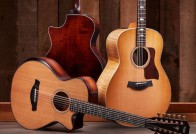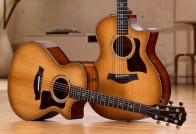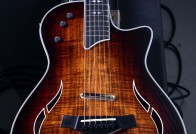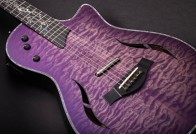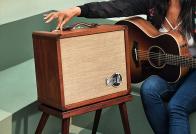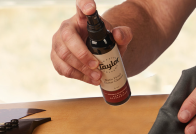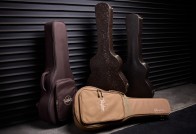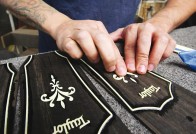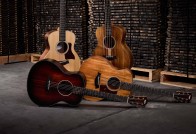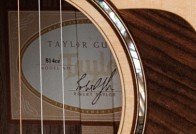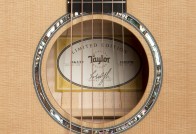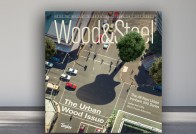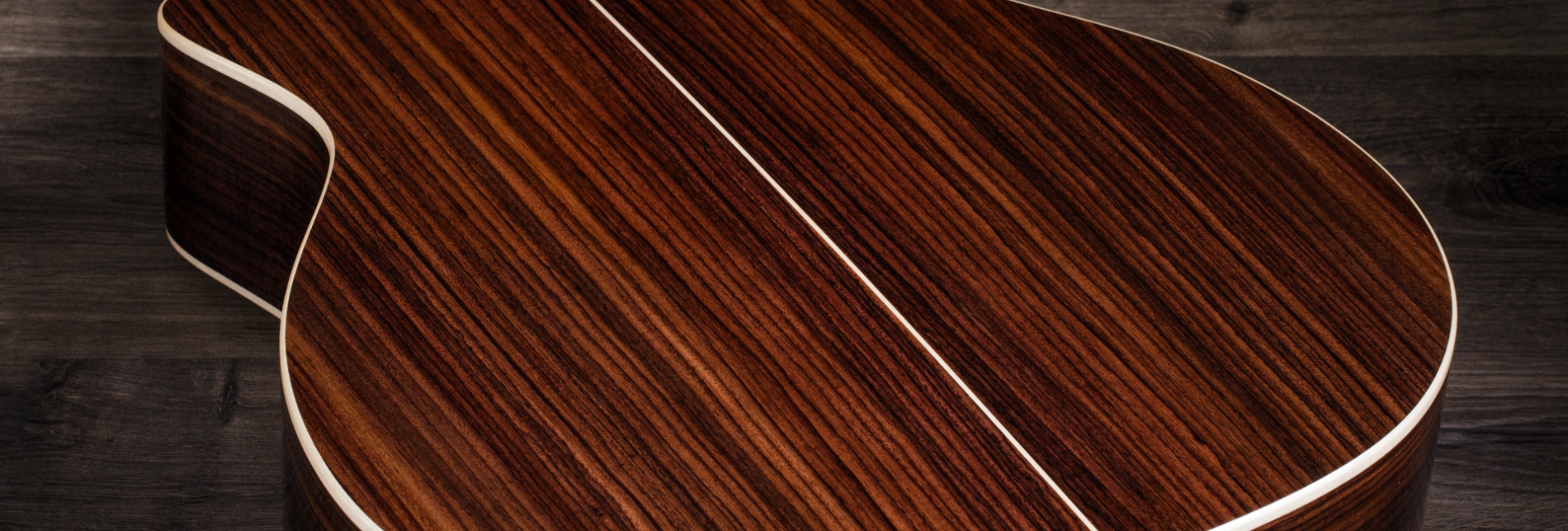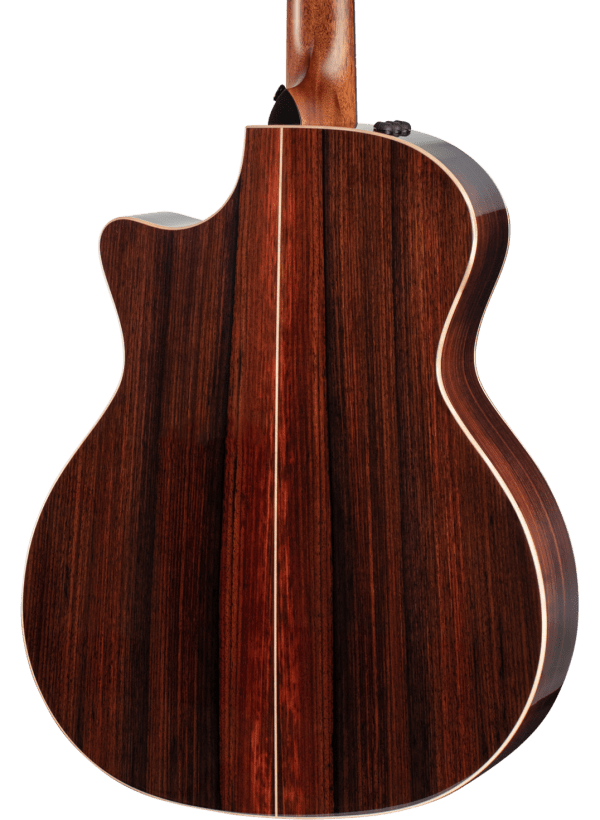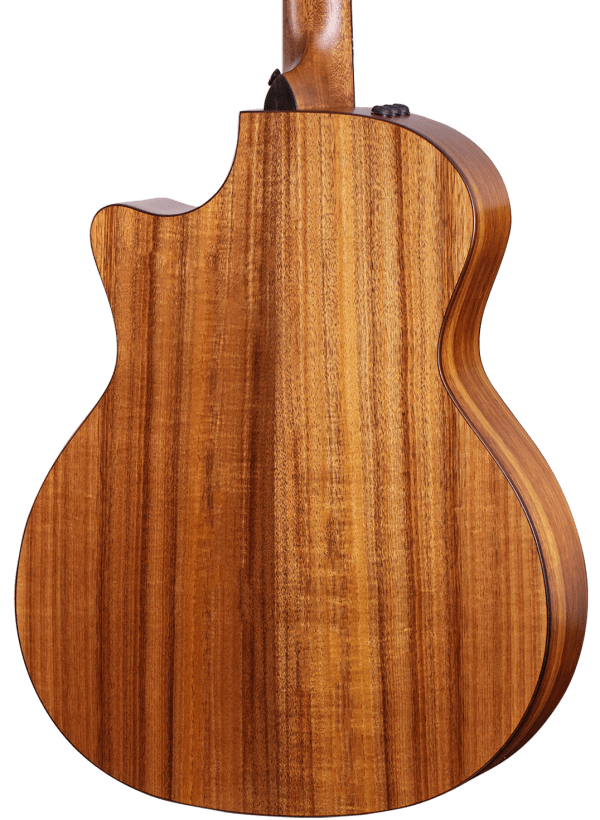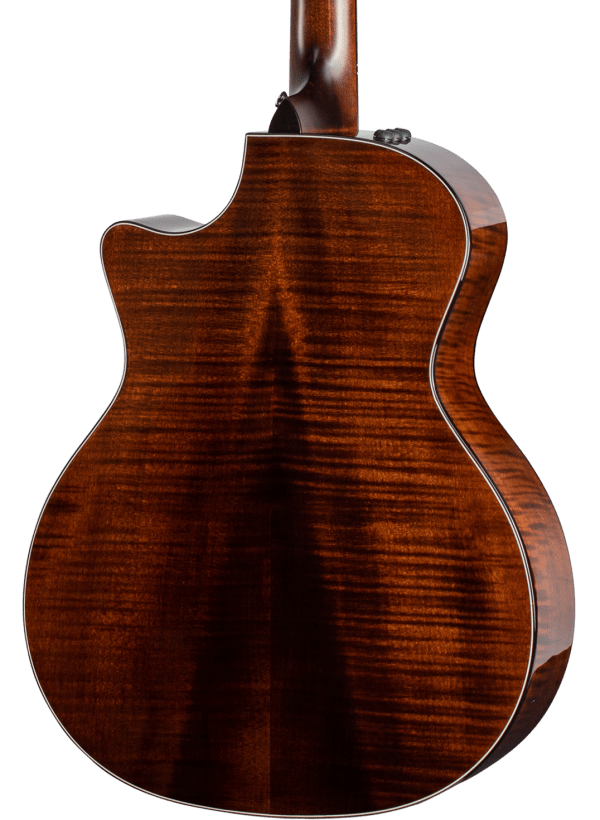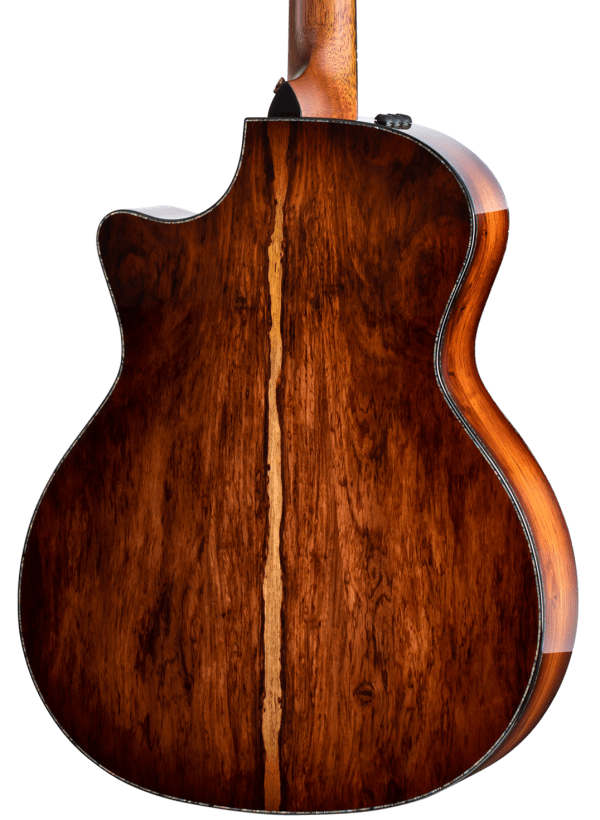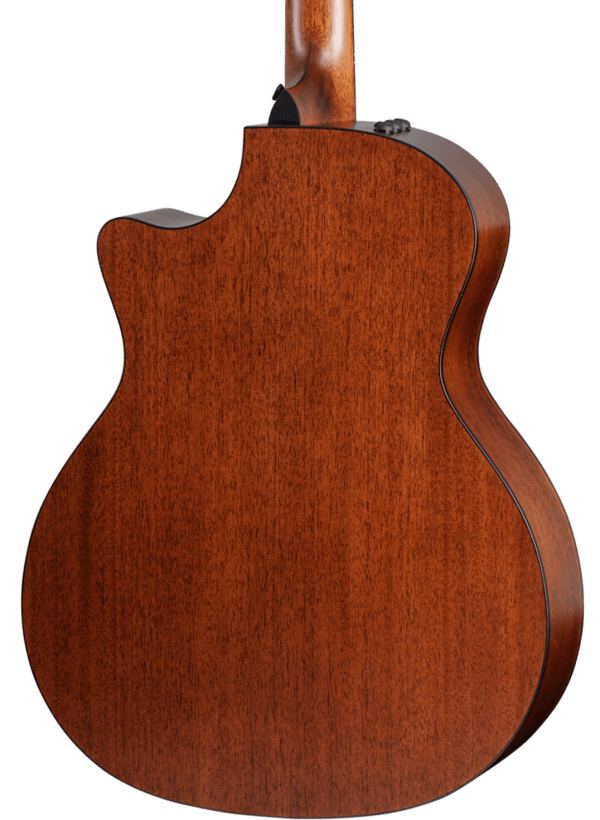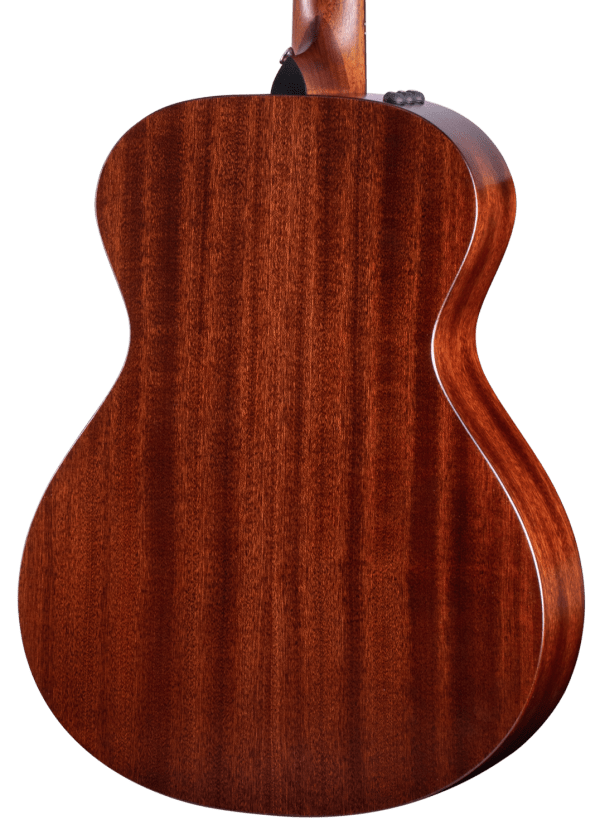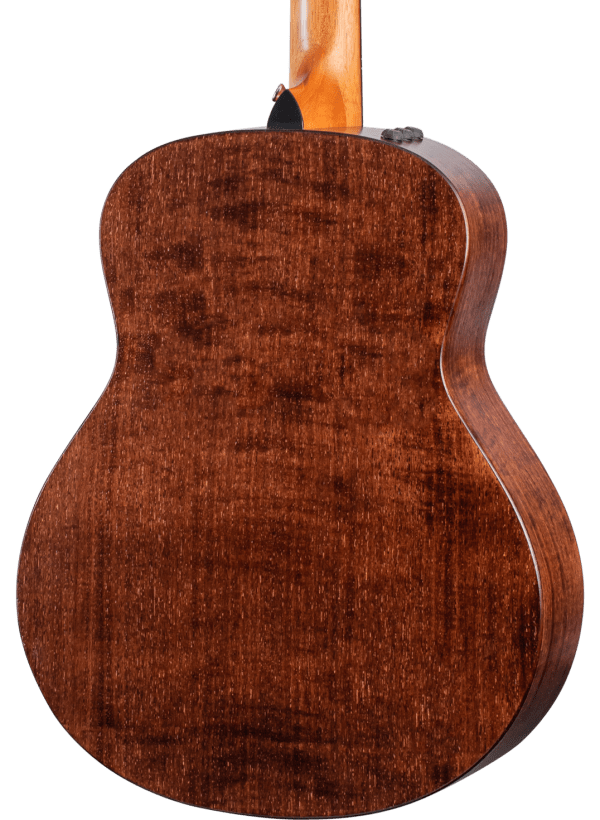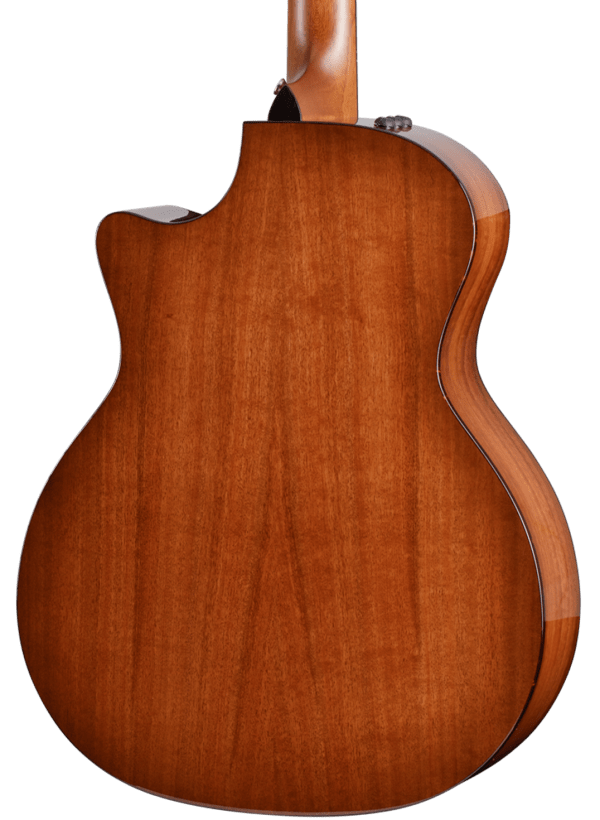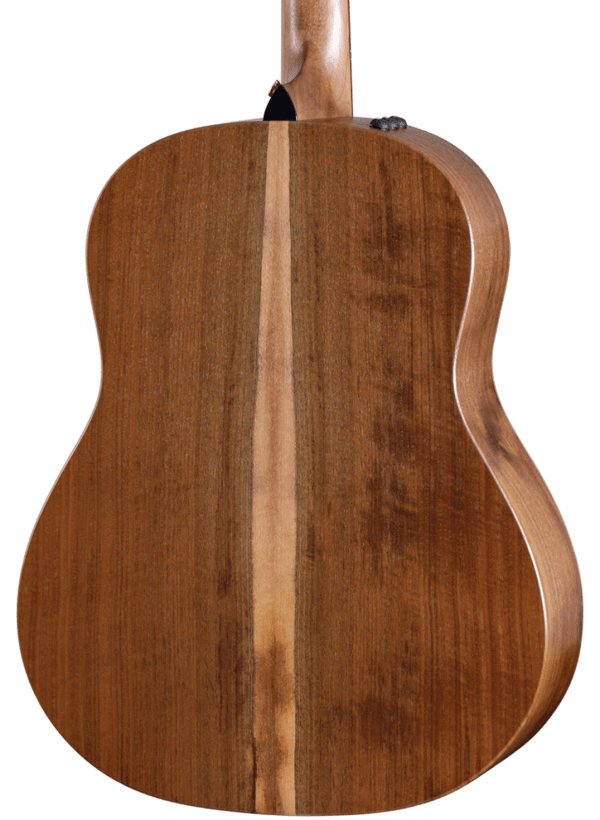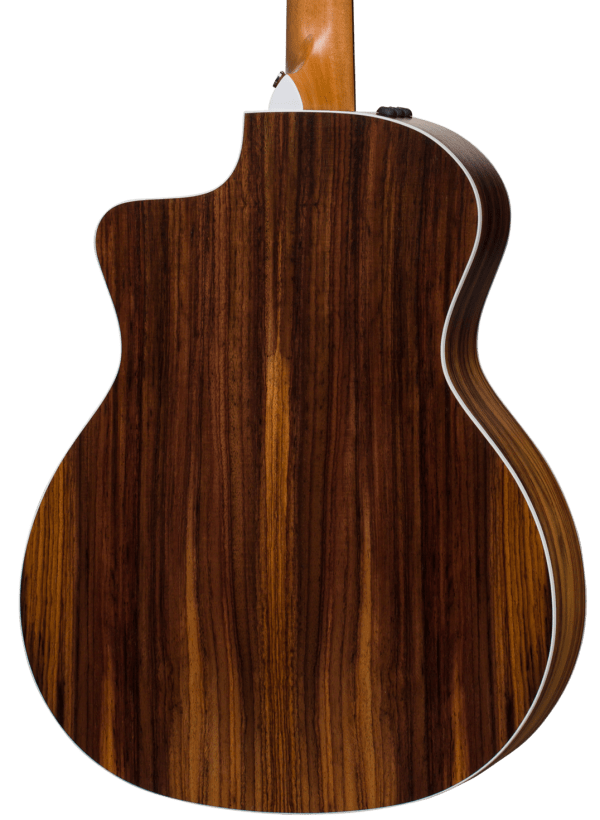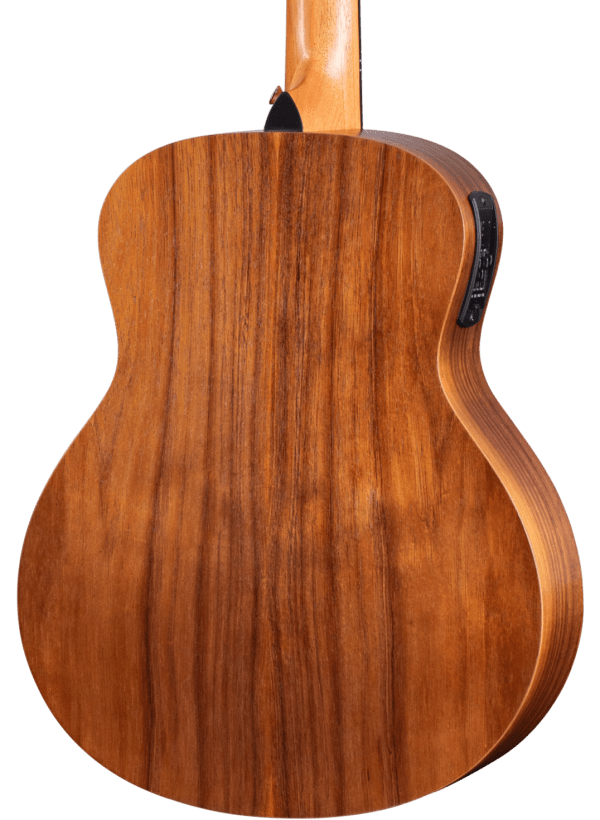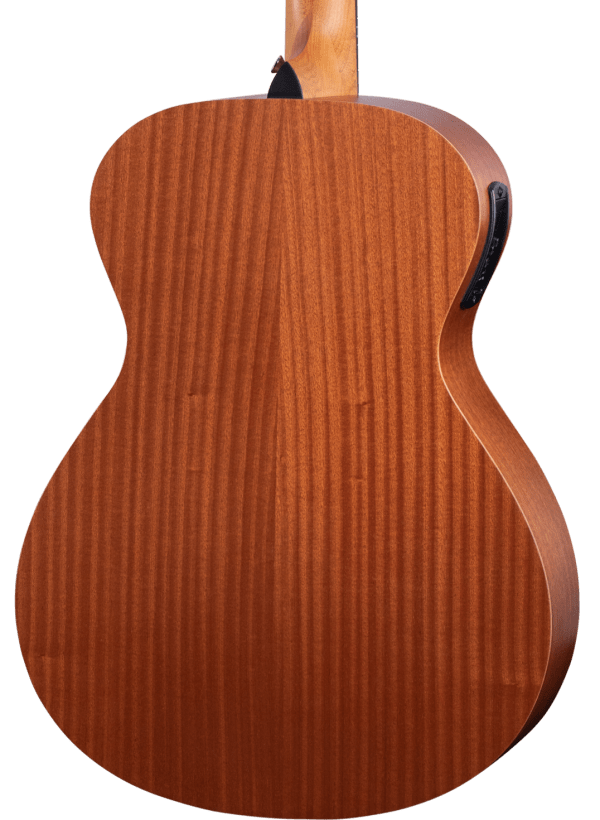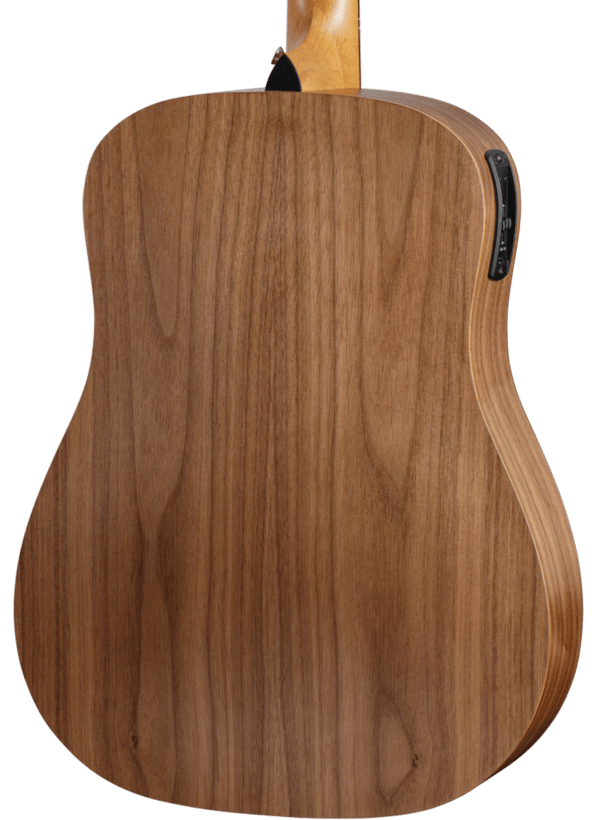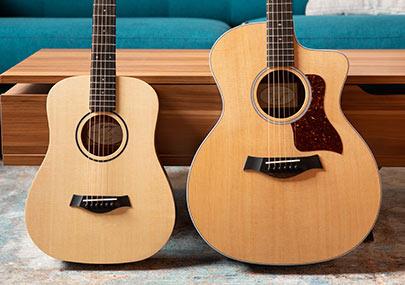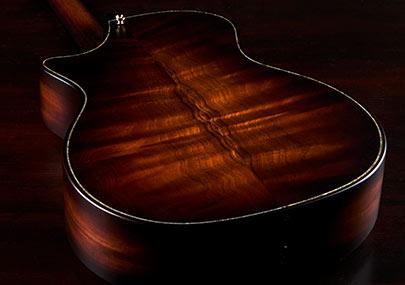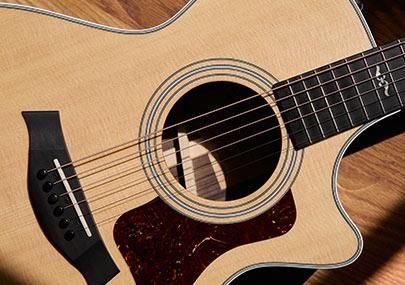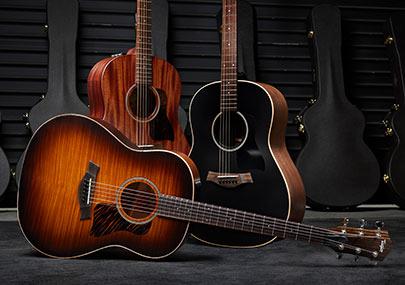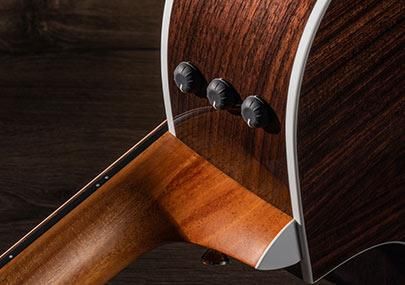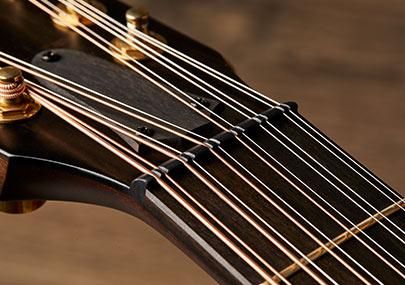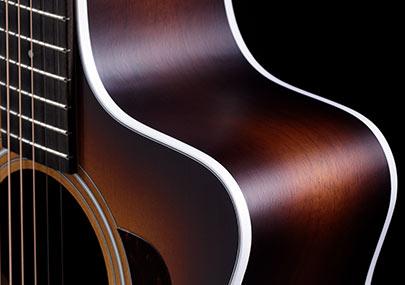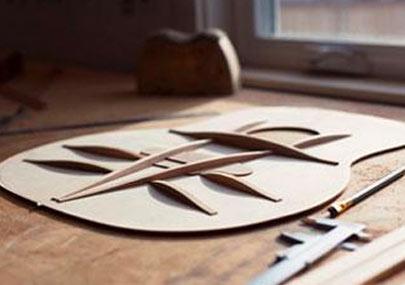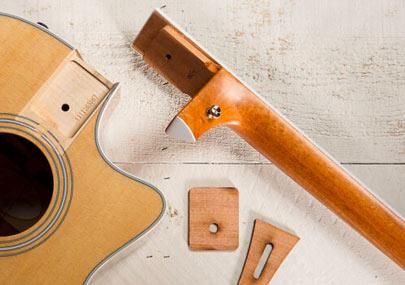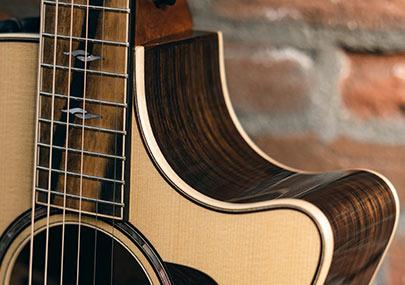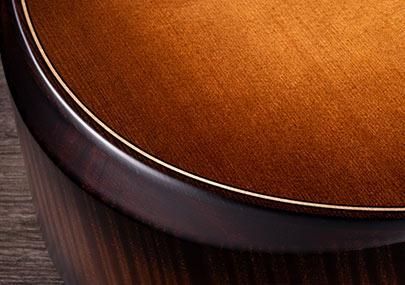
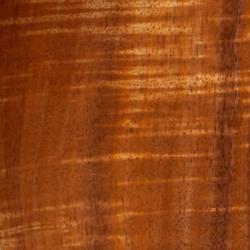
Few woods carry the allure of Hawaiian koa, with its gorgeous figure and sweet, complex tone.
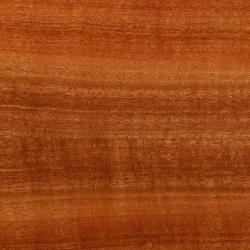
This tonewood from our urban wood initiative yields power, fidelity and depth for a supremely balanced, muscular sound.
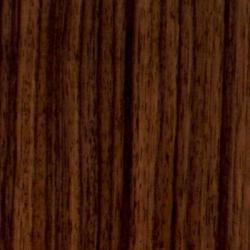
The tonewood superstar. Popular, traditional, and versatile, Bob Taylor puts Indian rosewood among the greatest tonewoods ever.
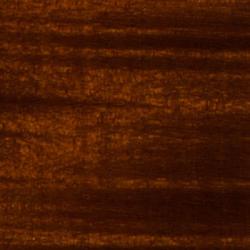
Revoiced to produce greater warmth, complexity, volume, sustain and responsiveness
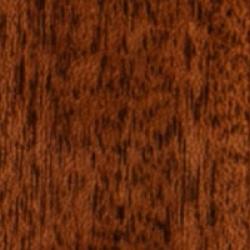
A midrange powerhouse. Mahogany is prized for balance and articulation, making it one of the best all-around tonewoods there is.
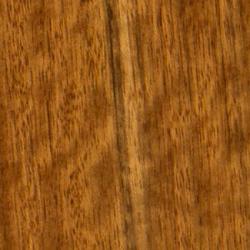
Although not as well-known as its Indian rosewood cousin, ovangkol shares many of the same properties, making it a versatile, great-sounding tonewood.
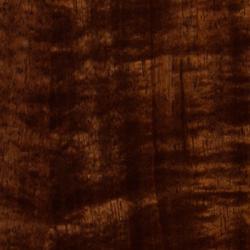
Blackwood produces a strong volume, with a focused midrange and rich top-end shimmer.
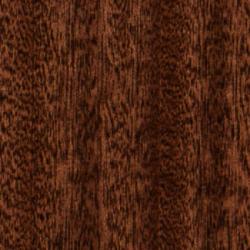
One of the best all-around tonewoods there is, sapele will deliver for any playing style.

Sourced from city trees in need of removal, Urban Ash produces midrange power and balance comparable to Honduran mahogany.
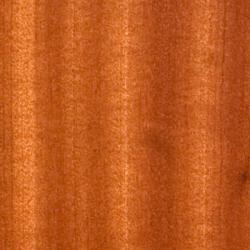
Layered wood construction is used to offer attractive, durable and affordable models.
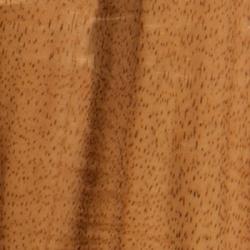
Beautifully figured and durable, layered koa provides attractive visuals and tone at an accessible price.
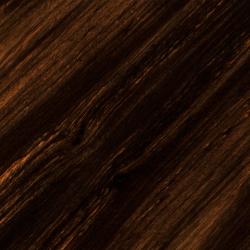
Walnut’s crisp highs are balanced by a deep, woody low end that emerges as the guitar is played in.
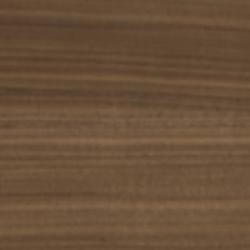
Rich brown hues lend a pleasing aesthetic warmth to the guitars that showcase it.
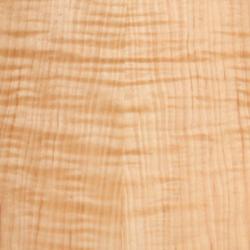
Maple veneer is part of the resilient layered construction.
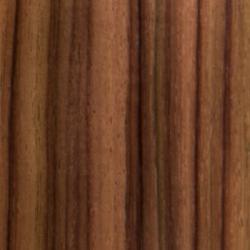
A rosewood veneer and layered construction present a beautiful aesthetic in a durable, affordable package.
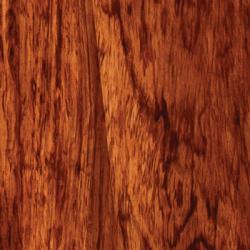
Extremely dense compared to other rosewood species, Honduran rosewood sings with a uniquely smooth voice that makes it worthy of our finest guitars.
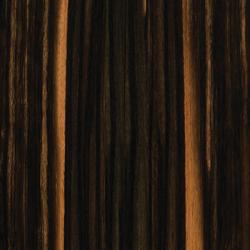
A dense wood typically used for fretboards and bridges, ebony produces rich overtones.
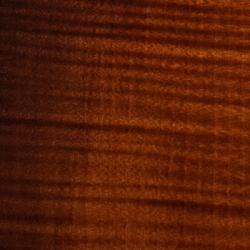
Though mostly known as a body wood, maple offers a dry, midrange-centric tone profile when used as a soundboard.
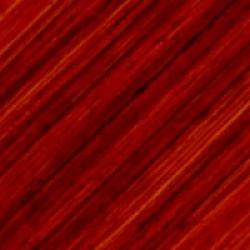
A cannon of a guitar, with exotic coloration and figure to match its bold voice.
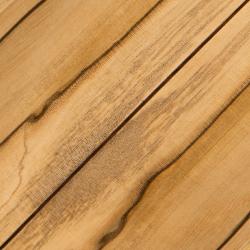
Bold striping caused by fungus makes blackheart a rare and stunningly beautiful wood.
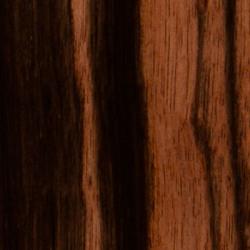
Macassar’s exotic beauty is matched by a bold, dynamic tone that can be dark or bright, depending on the player and the top pairing.
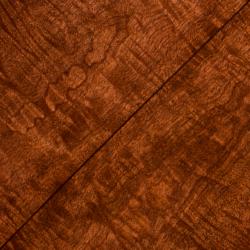
Rare and beautiful, figured mahogany is reserved for limited edition or custom guitars.
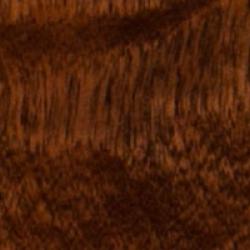
Besides boasting gorgeous figure, the tone enhances sapele’s “bright mahogany” voice with extra low-end warmth.
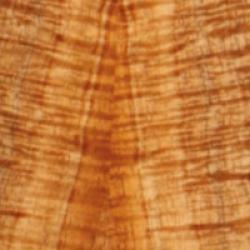
A blackwood veneer with layered wood construction blends exotic beauty, resilience and affordability.
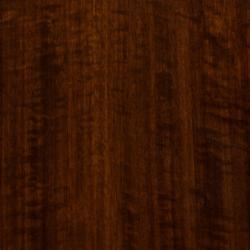
This dark-hued wood adds a rich complexion to select 200 Deluxe models.
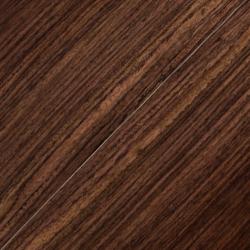
Sonically comparable to rosewood, granadillo’s higher density yields a clear, ringing tone.
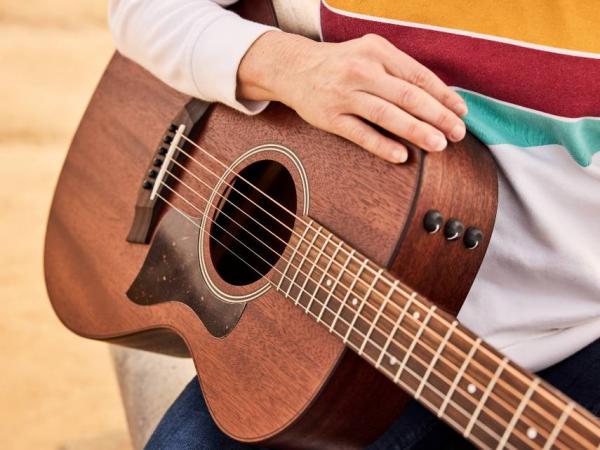
Back and side woods add unique flavors to a guitar’s tone. Some add warmth and low-end richness; others bring midrange power or treble-range clarity.
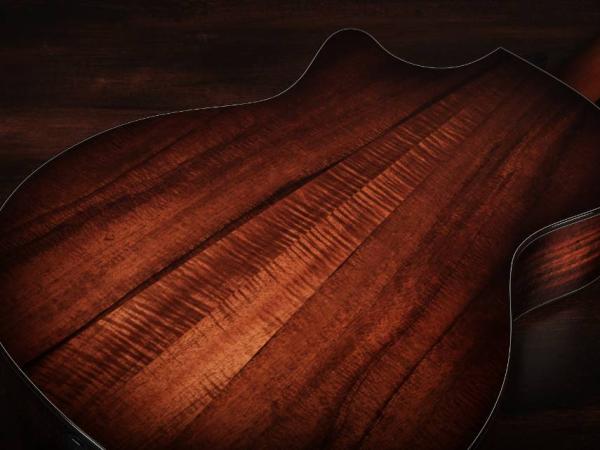
Body woods help a guitar look great, too. Some woods sport chocolatey brown hues, while others feature elaborate grain patterns and striking blonde coloration.
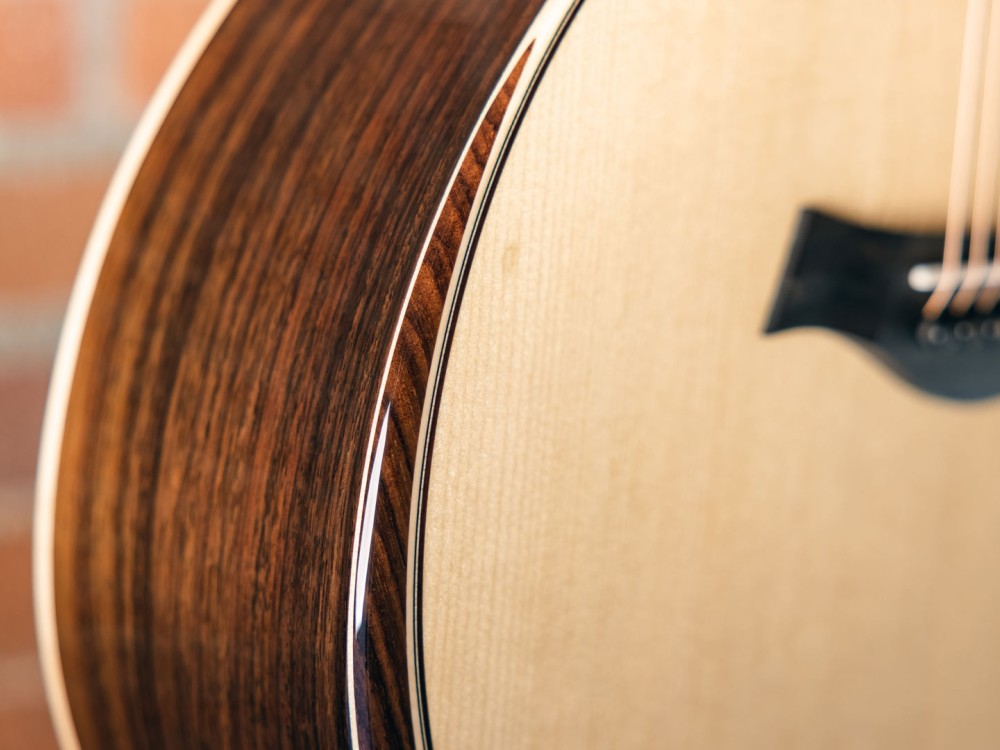
How Different Body Woods Shape a Guitar’s Sound
Beyond rosewood and mahogany, a wide array of other hardwoods are used for the back and sides of a guitar, including maple, Hawaiian koa, sapele and more. Explore the unique characteristics of each and the ways in which they flavor a guitar’s overall voice.
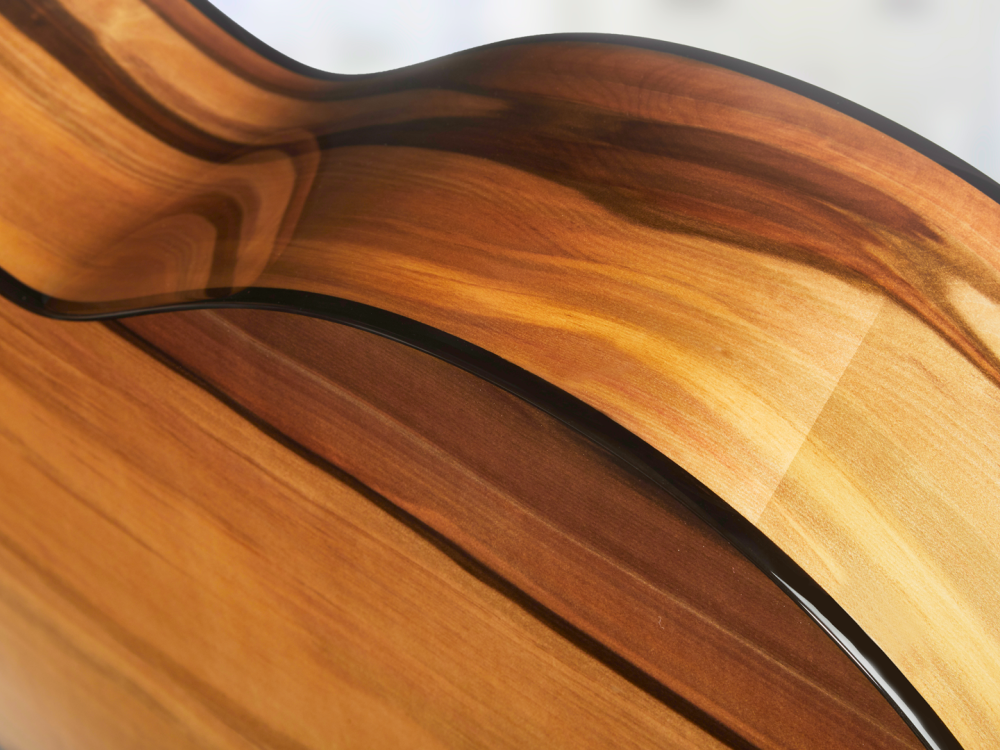
Solid Woods vs. Layered Woods
One distinction between the woods we use for the back and sides is whether the wood components are solid or layered. Solid woods produce the most complex tone and tend to contribute slightly more distinctive sonic flavoring based on the species used. Layered woods — a middle core of wood with a veneer on either side — allow us to use our resources efficiently and showcase beautiful outer veneers to elevate a guitar’s aesthetic.
Solid Back and Side Woods
Renowned for its deep low end, clear, strong treble range and rich overtone character, Indian rosewood serves up lush, high-fidelity acoustic sparkle along with beautiful, chocolate-brown hues.
With its gorgeous visual colors and striking grain, koa is beloved as much for its looks as for its vibrant, midrange-forward sound. It’s also famous for growing sweeter and more complex as the wood ages.
This highly player-reflective wood channels each player’s unique touch. Sometimes thought of as a “bright” tonewood with an emphasis on the treble range, our maple is voiced for greater low-end warmth and power.
Extremely dense compared to other rosewood species, Honduran rosewood sings with a uniquely smooth voice that makes it worthy of our finest guitars.
Mahogany is known for its meaty midrange character, featuring a strong fundamental focus often described as “punchy,” “woody,” or “dry,” because it doesn’t produce a lot of ringing overtones. Mahogany’s earthy voice has been featured on many roots music recordings over the years.
Sapele’s tonal output is consistent and balanced across the tonal spectrum, making it compatible with a diverse range of playing styles. It’s comparable to mahogany but its higher density tends to produce a slightly brighter sound with more top-end shimmer.
Sourced from city trees in need of removal, Urban Ash produces midrange power and balance comparable to Honduran mahogany.
This hardwood yields a sweet, yet muscular sound with an alluring blend of power, clarity and balance.
Like koa, walnut’s density and stiffness yield bright treble notes, but with a more present midrange that splits the difference between rosewood and mahogany. The bass tones initially produce a woody character that will grow richer with time and extended play.
Layered Back and Side Woods
An Indian rosewood veneer and layered construction present a beautiful aesthetic in a durable, affordable package.
Visually inspiring figured koa gives these layered koa guitars a rich, ultra-premium look, supported by signature Taylor playability and rich tone.
Layered wood construction is used to offer attractive, durable and affordable models.
Featured on Academy and 100 Series models, layered walnut’s milk-chocolate hues and beautiful grain exude aesthetic warmth.
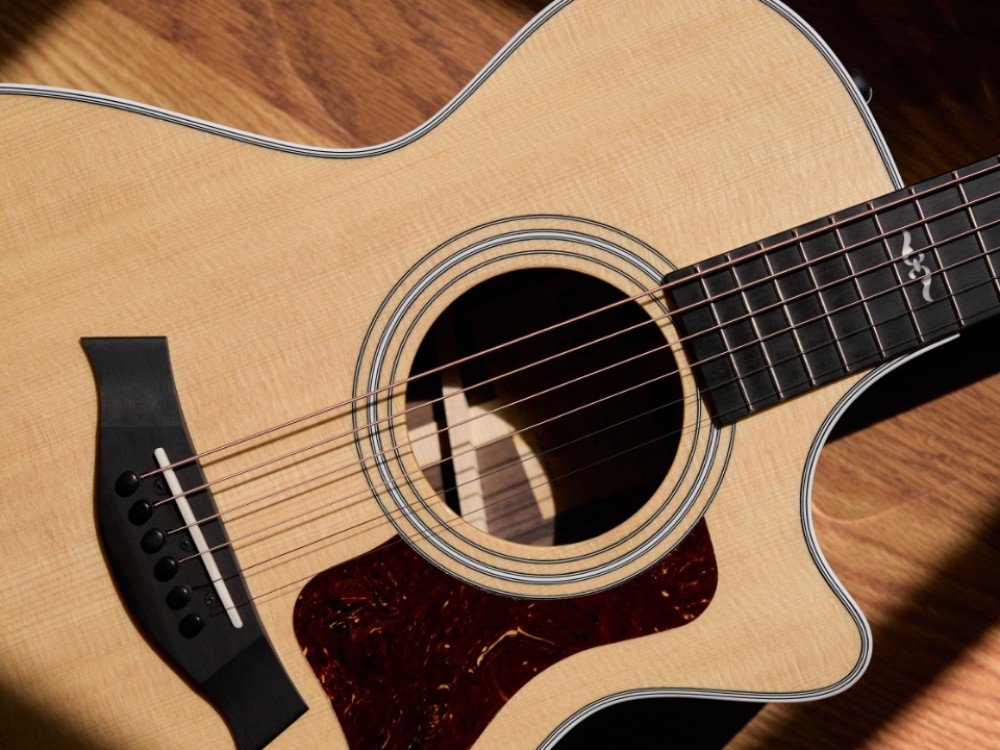
Top Woods
Learn more about the role the top plays as the guitar’s soundboard, along with the commonly used woods for guitar tops.
Explore All Acoustic Features
The type of wood used for a guitar’s soundboard has a major impact on its tonal properties.
Each acoustic series boasts a unique package of visual details that enhance the aesthetic appeal.
Our inspired proprietary pickups faithfully reproduce the natural nuances of a Taylor guitar’s voice.
Guitars with a unique musical personality, including 12-string, 12-fret, nylon, baritone and travel.
Taylor’s eco-friendly, UV-curable finishes protect your guitar and keep it looking and sounding great.
Bracing patterns, such as our new V-Class design, bring out each guitar’s unique voice.
Our patented neck design ensures superb intonation, playability, and lasting stability.
Our elegant cutaways add to a guitar’s shapeliness and broaden your playing range.
An armrest softens the edge of a guitar body to create a more comfortable playing experience.




